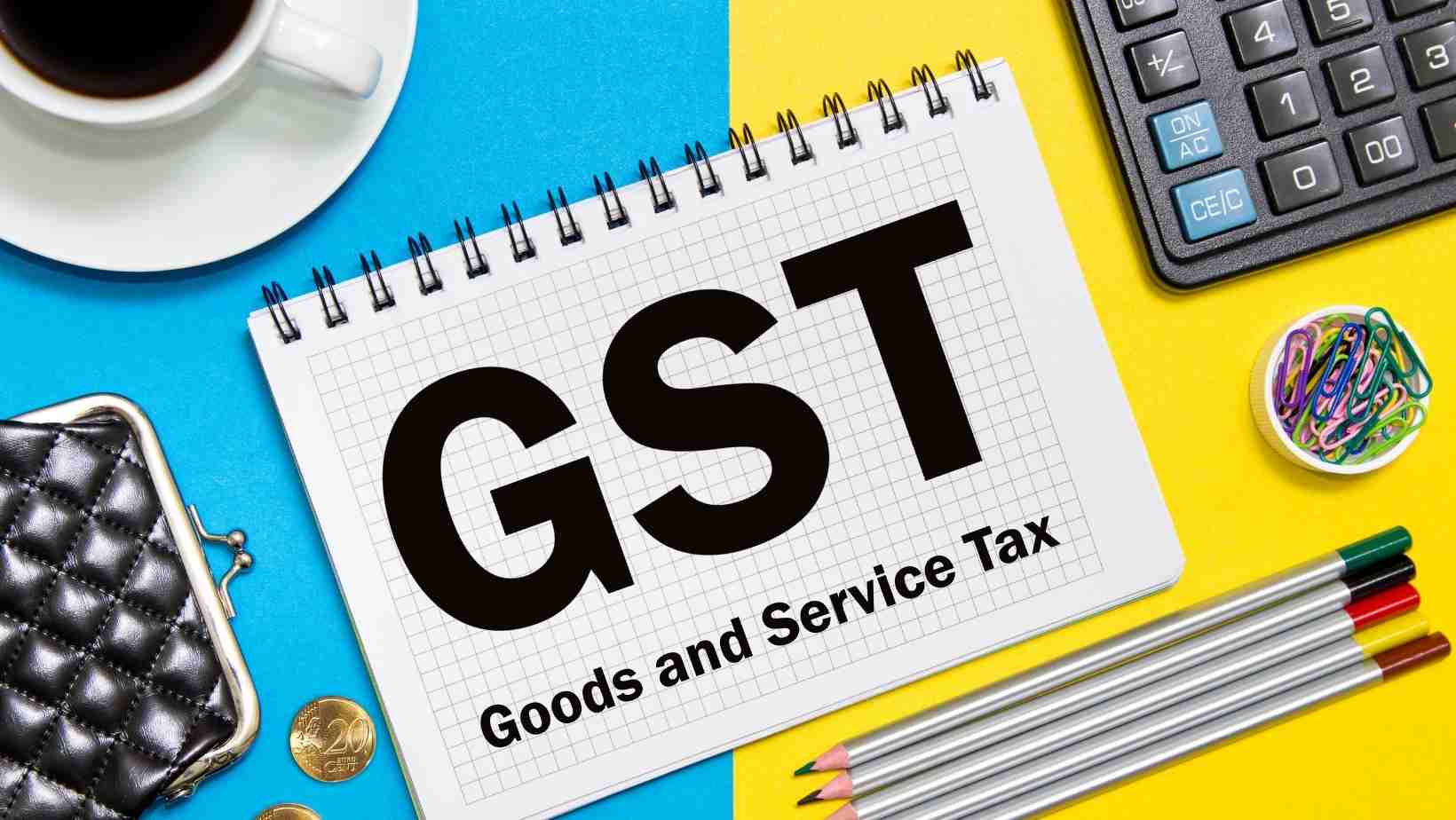
GST Advantages
It is important to understand what GST is applied to and its types to analyze how GST has affected the overall Indian economy. GST can have a variety of effects on the economy as well. GST is imposed on goods and services throughout India at every stage of production and sale.
It is charged at the point of consumption. The GST bill advantages and disadvantages can be categorized as follows: Goods and services sold the central government taxes interstate with CGST (Central Goods and Services Tax). Taxes paid by the state government on intrastate sales are called SGST (State Goods and Services Tax).
A tax on goods and services collected by the IGST is levied when one state provides products or services to another. The Central Government and State Governments collect these taxes. As a quick overview, here are some impacts of GST on the Indian economy:
Why India’s GST system is good for the economy
Production funds need to be increased
In addition, the GST has led to a reduction in the total taxable amount in the Indian economy. By investing that money back into production, more jobs are created.
Taxation simplified
The taxation system in our country has been simplified thanks to GST. Since GST is one tax, calculating it is easier. These taxes give the buyer a clear picture of the amount they have to pay as tax when they buy certain products. Understanding the impact of GST on the GDP is important.
An increase in exports
GST has reduced customs duties on exporting goods when considering its impact on the Indian economy. Manufacturing units have now enjoyed a reduction in costs when producing goods and shipping them. Several production units have been enticing their customers to export goods due to these savings, which have increased exports.
Supporting small and medium businesses
If you are registered under the Composition Scheme introduced by GST, the amount of GST depends on the size of your firm. Companies with annual revenue of 50 lakhs pay 6% GST, while companies with annual revenue of 1.5 crores pay 1%.
The Cascade effect no longer exists
The State and Central governments have merged their taxes under the GST. The cascade of taxes has been removed, reducing the burden on both buyers and sellers. Although there may be one large tax to be paid, you pay lesser hidden taxes.
Improved operations in India
Now that India has a unified tax system, it is easier to transport goods throughout the country, thus enhancing operations.
The negative impact of the GST on the economy
The GST could have an adverse effect on the Indian real estate market, say some economists. The increase in cost would result in an increase in new home prices of up to 8% and a decrease in demand by about 12%.
Some experts claim that CGST (Central GST) and SGST (State GST) are just new names for VAT, Central Excise/Service Tax, and sales tax. Therefore, the number of tax layers has not substantially decreased. Currently, only four per cent of retail products are subject to tax. This could lead to an increase in the price of garments and clothing.
This would harm the aviation industry. Airlines are currently taxed between six and nine per cent. Tax rates will effectively double with GST online, as this rate will exceed fifteen per cent. There will be teething troubles as the entire ecosystem adjusts to the new GST system.
Businesses will need to hire tax professionals to become GST compliant because GST online changes how tax is paid. Due to hiring experts at an additional cost, small businesses will gradually have to increase their costs. Business owners will also have to train their employees on GST compliance, increasing their overhead expenses.



